This website uses cookies
This website uses cookies to enable it to function properly and to analyse how the website is used. Please click 'Close' to accept and continue using the website.



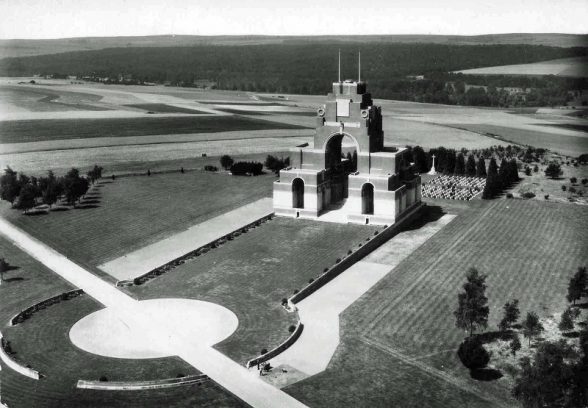
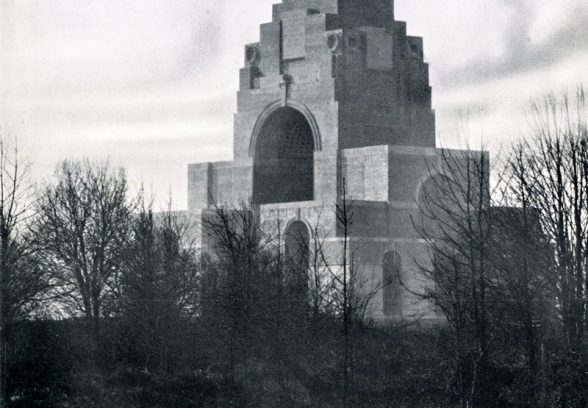
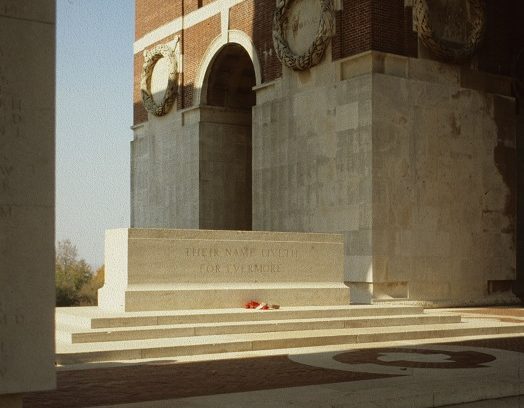
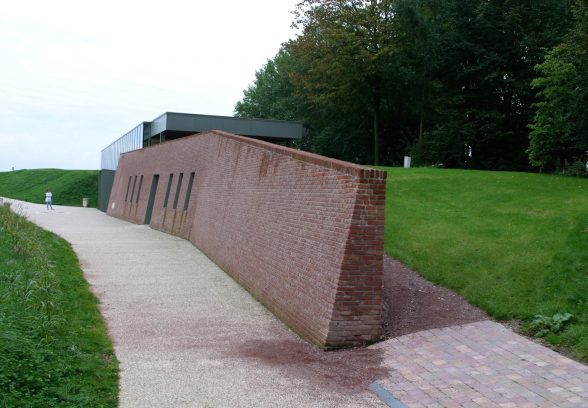
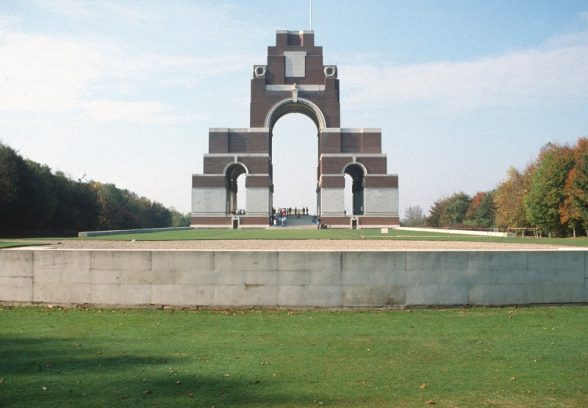
France: Memorial to the Missing of the Somme, Thiepval
Architect: Sir Edwin Lutyens
Owners: Commonwealth War Graves Commission
Location: Somme, France
The Memorial to the Missing of the Somme was the largest of the memorials built by the I.W.G.C. and the last to be unveiled – by Edward, Prince of Wales, in 1932. Designed by Sir Edwin Lutyens, it is arguably his finest and most intellectually distinguished executed creation and certainly one of the greatest works of 20th century British architecture anywhere. It was built at Thiepval as this heavily and elaborately fortified stronghold saw some of the most ferocious and bloody fighting during the Battle of the Somme and the entrenched Germans held out here against repeated assaults for almost three months. The site was chosen in 1926 but work did not begin for two years owing to difficult and protracted negotiations with the French authorities. Lutyens had originally proposed a very similar design for a memorial to be built at St Quentin but this was one of those objected to by the French, necessitating a reduction in the number of British memorials in France. For the St Quentin project Lutyens had worked out his concept of a tower of arches, a hierarchy of arched passages through a ziggurat-pile of rectilinear masses, building up to a central tower. At Thiepval, this inspired development of the triumphal arch idea, with two sets of three tunnels penetrating the mass along cross axes, created 48 internal wall panels on which could be incised the names of 73,367 British soldiers who disappeared in the offensive (the total British casualties by the time the offensive was called off in November 1916 were 419,654, the French 204,253, the German some 450,000).
To the west of the memorial, as the ground slopes towards the Ancre, is a cemetery containing the bodies of 300 unidentified British and 300 unidentified French soldiers, the realisation of an idea by Fabian Ware to help mollify the French. And on the top of the tower, below the flag poles why fly the Union flag and the Tricoleur, it states ‘Aux Armees Française et Britannique l’Empire Britannique Reconaissant’. Furthermore, at a height of 140 feet above the podium, the memorial is a little lower than the Arc de Triomphe in Paris.
Gavin Stamp
Either enter the name of a place or memorial or choose from the drop down list. The list groups memorials in London and then by country
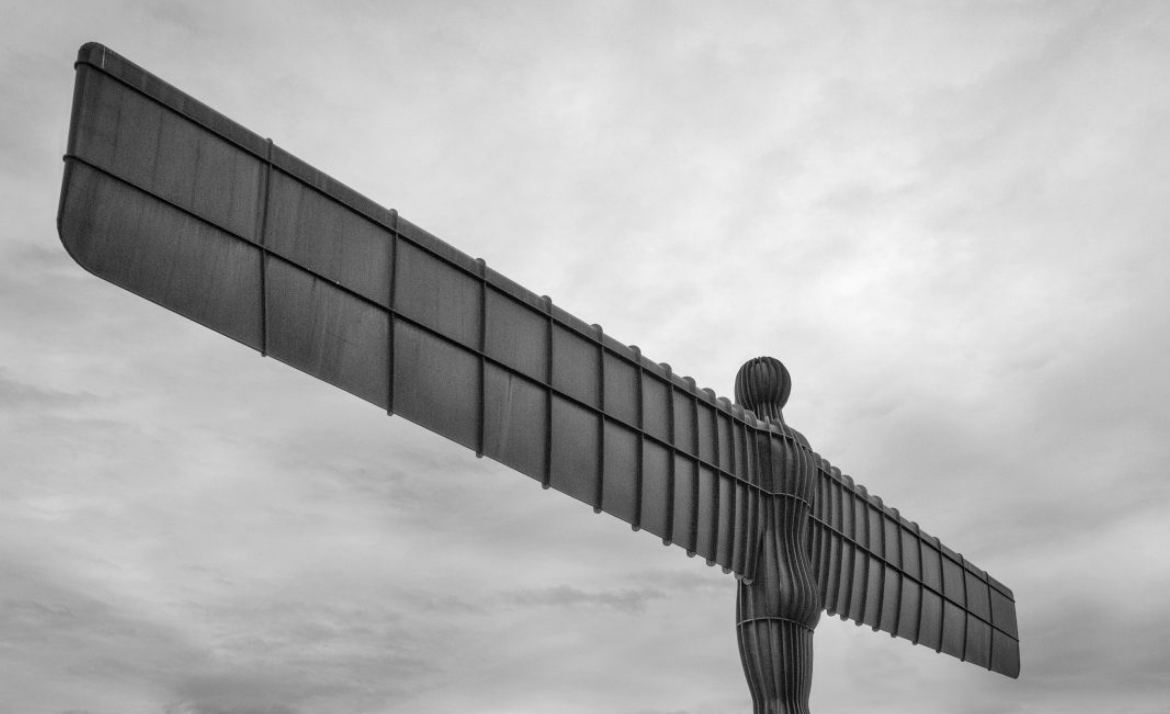
Become a C20 member today and help save our modern design heritage.